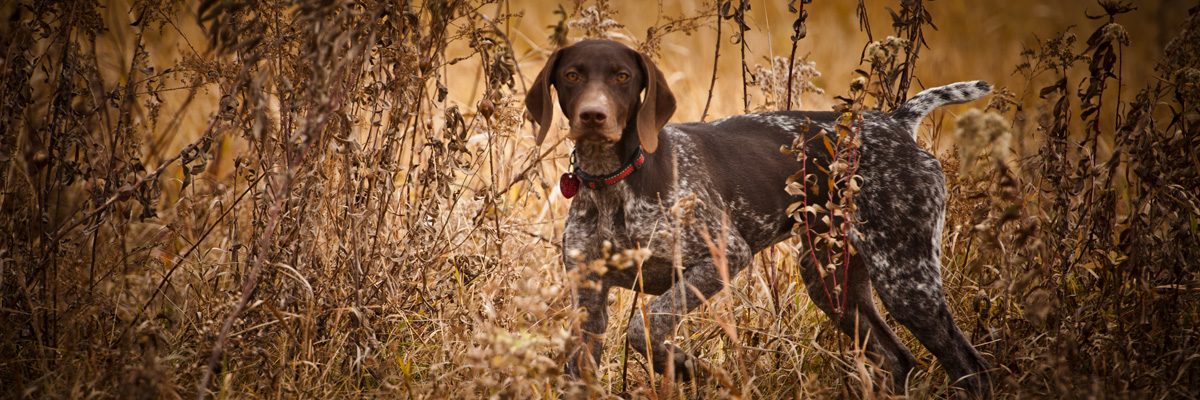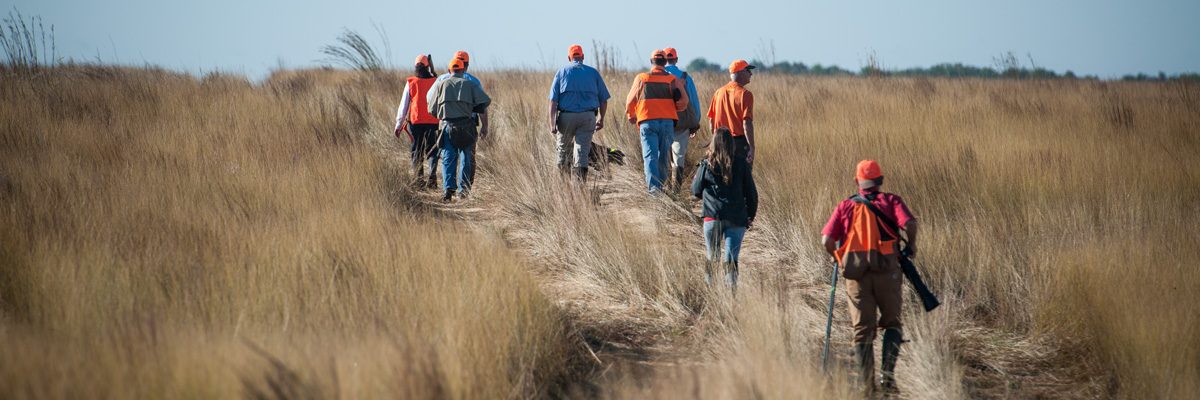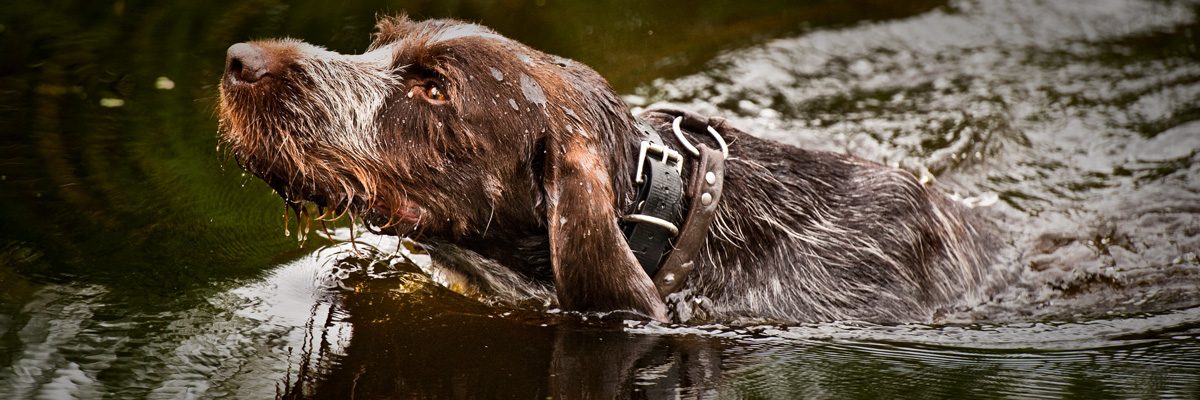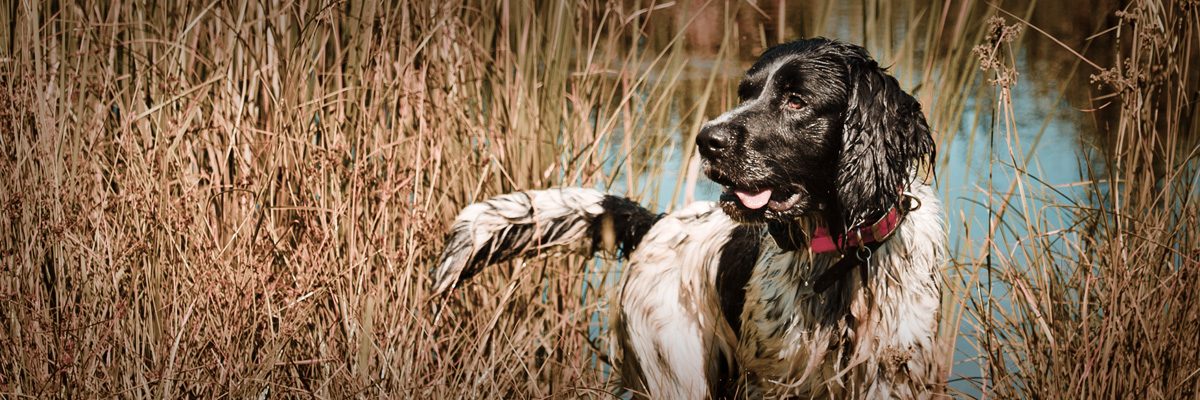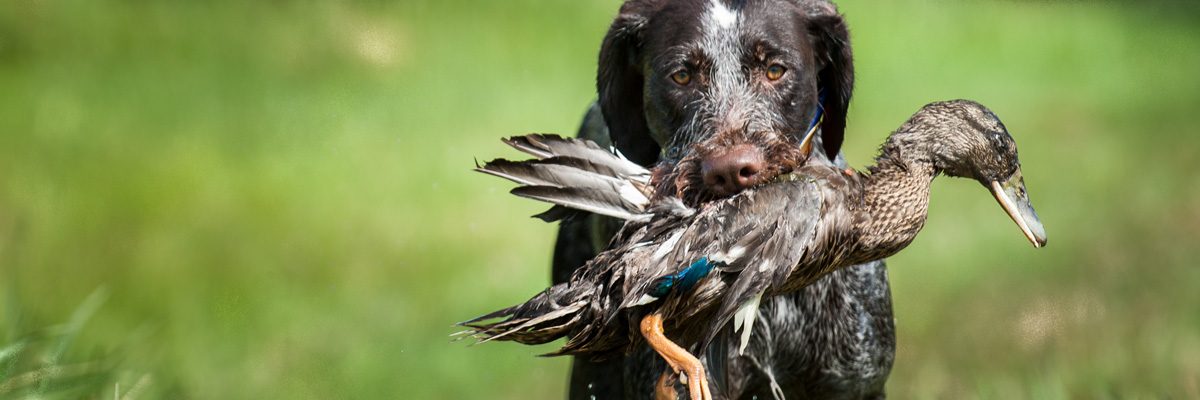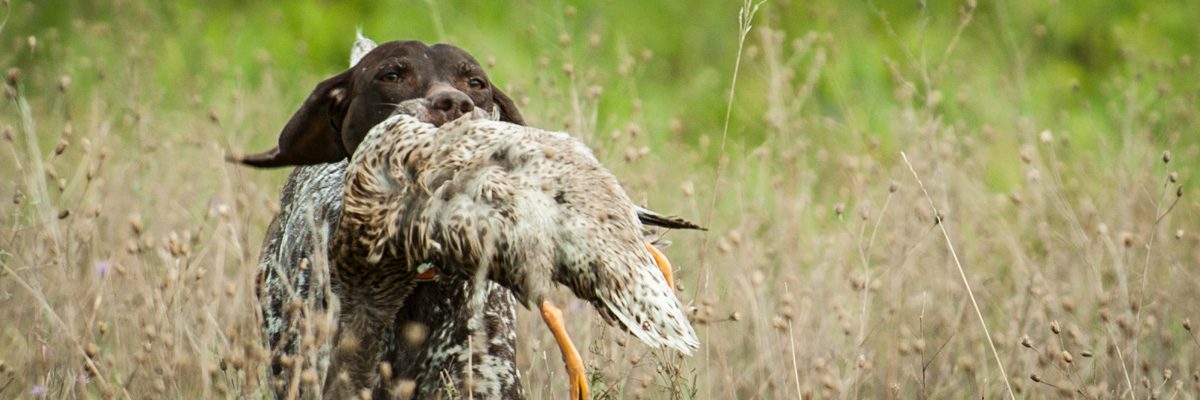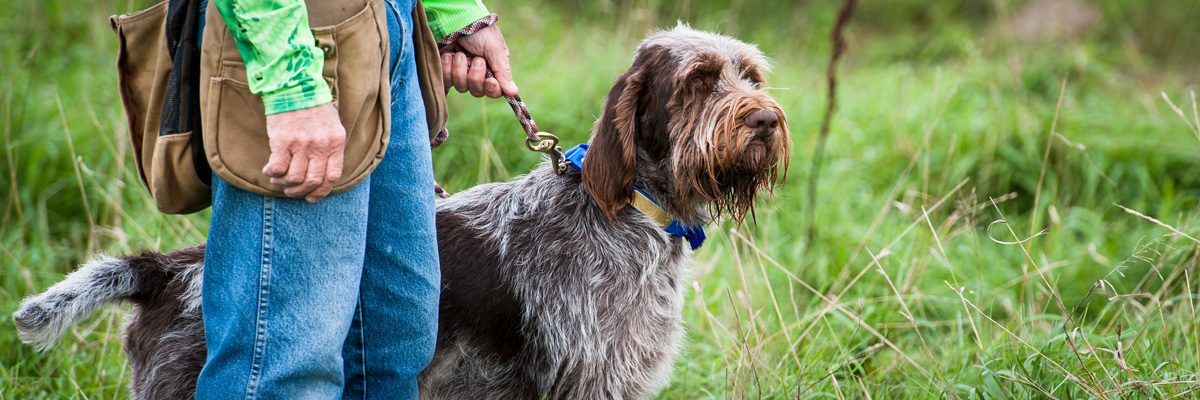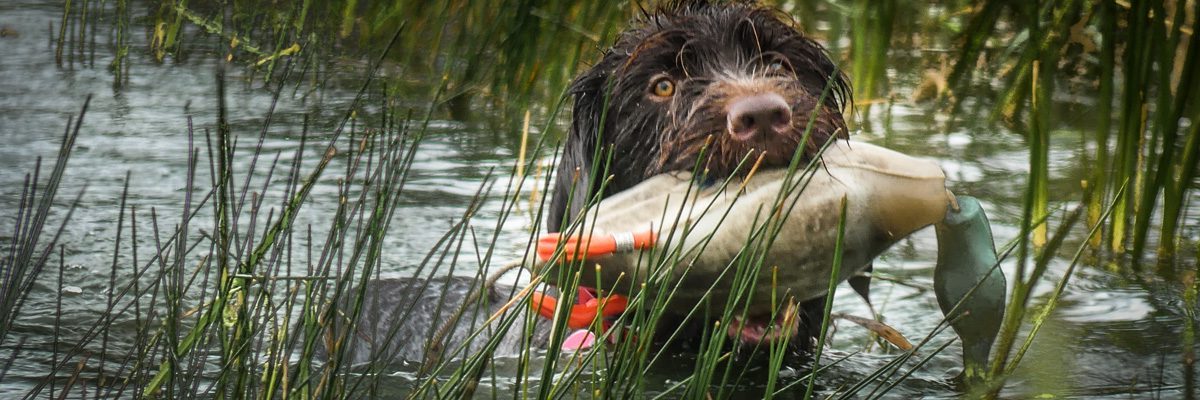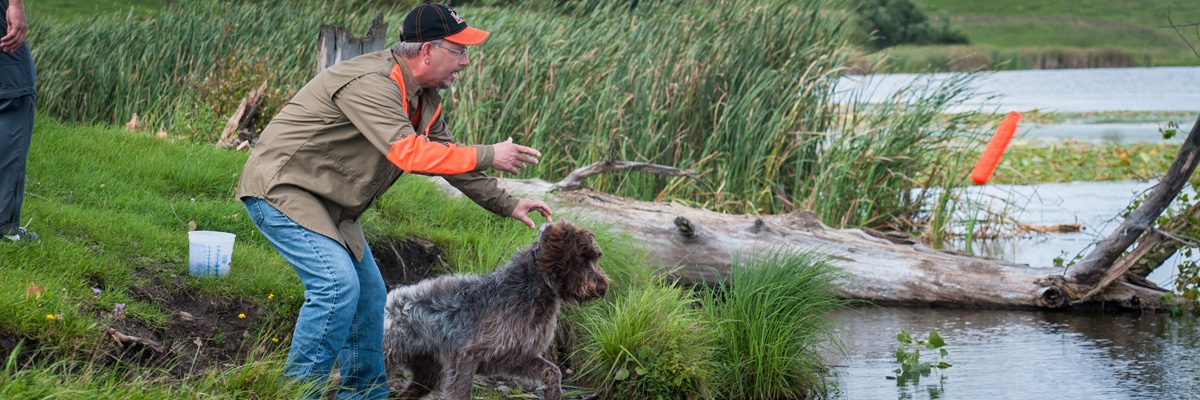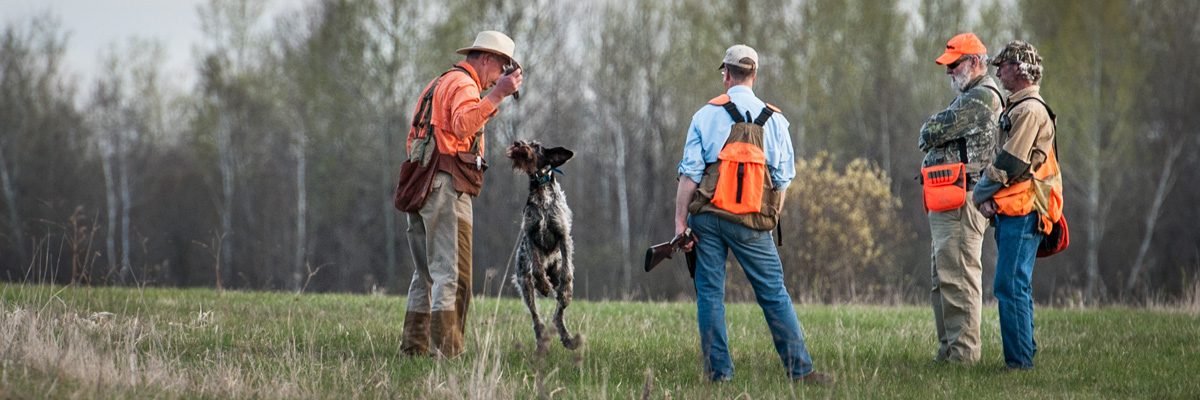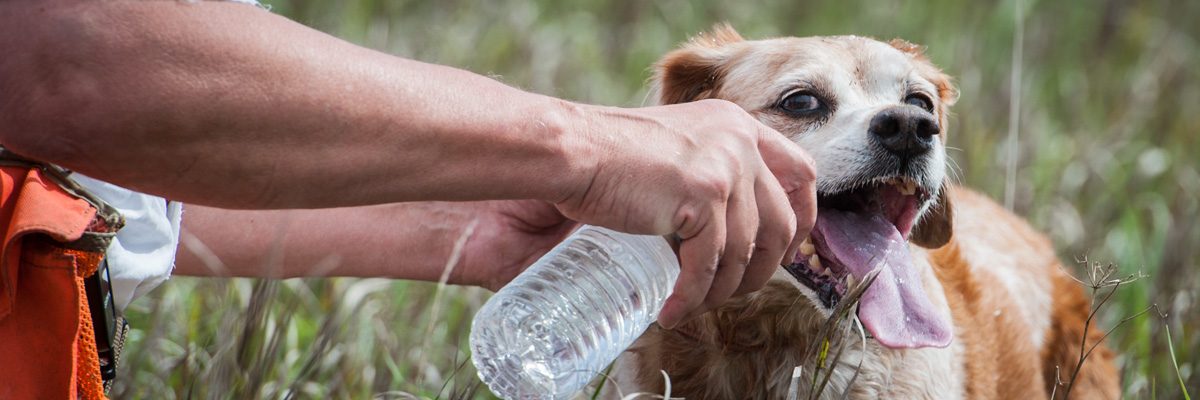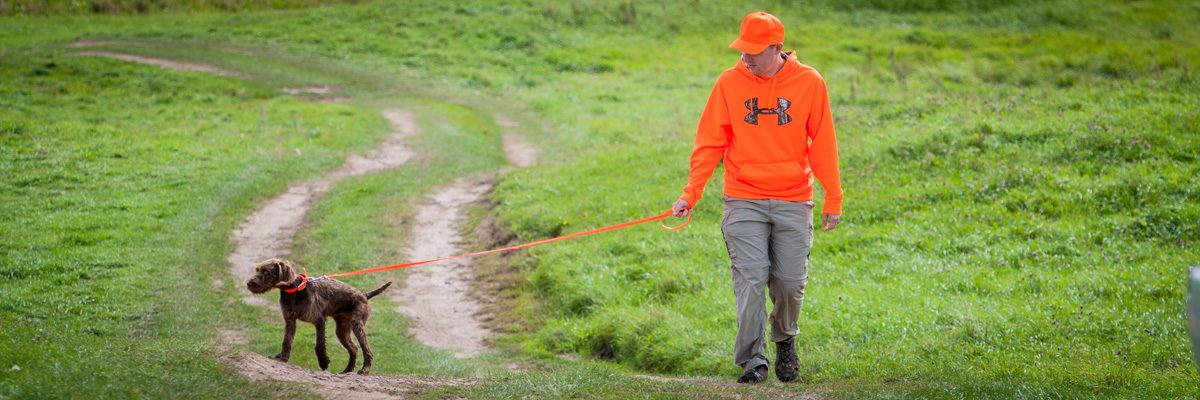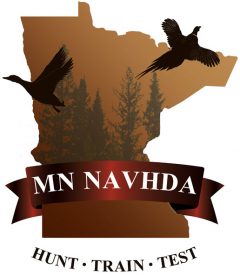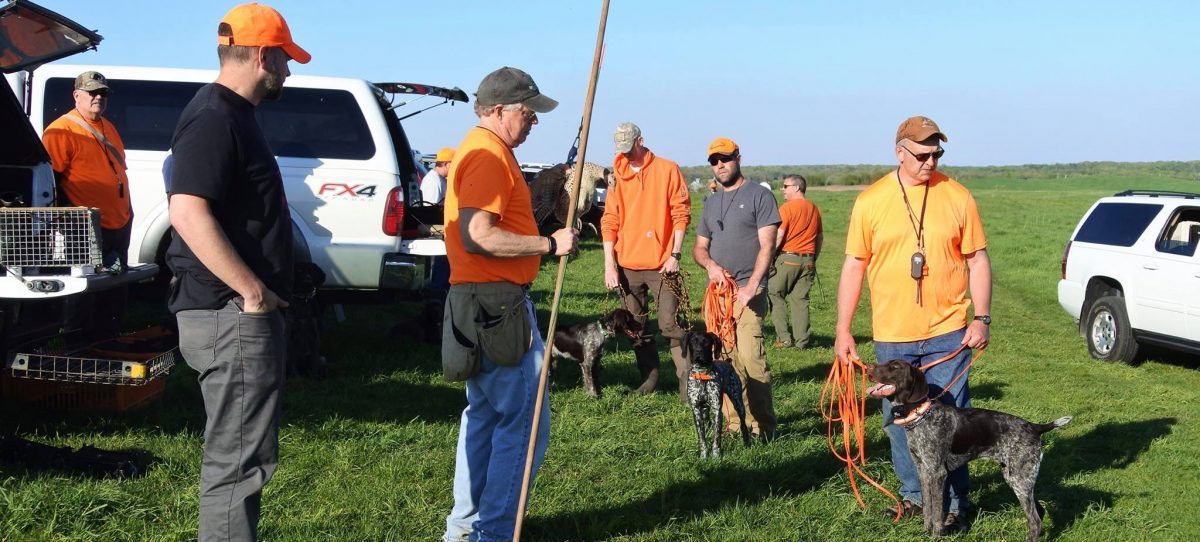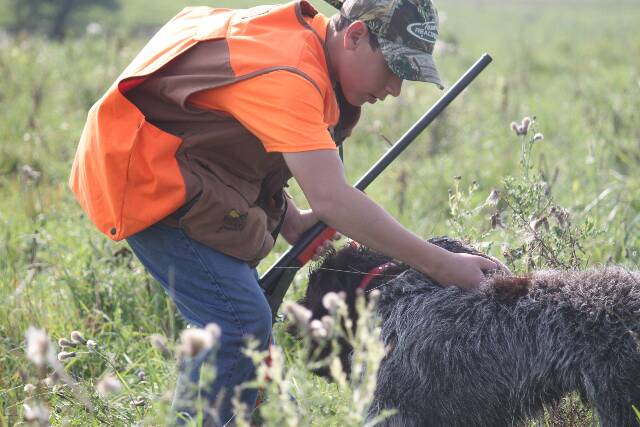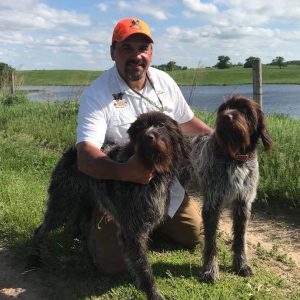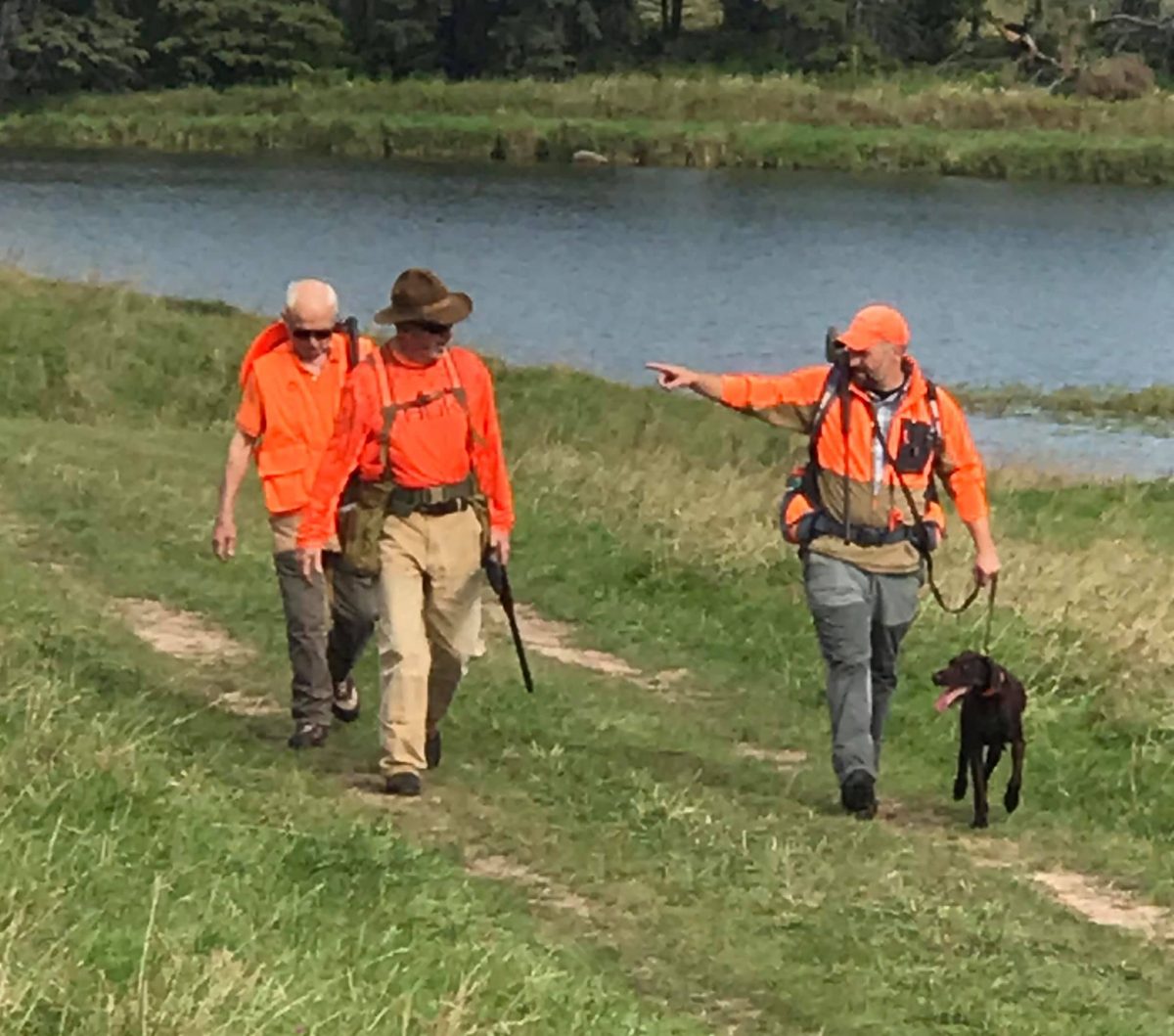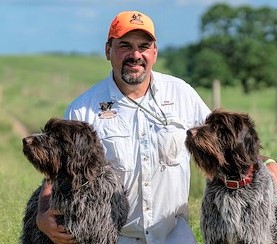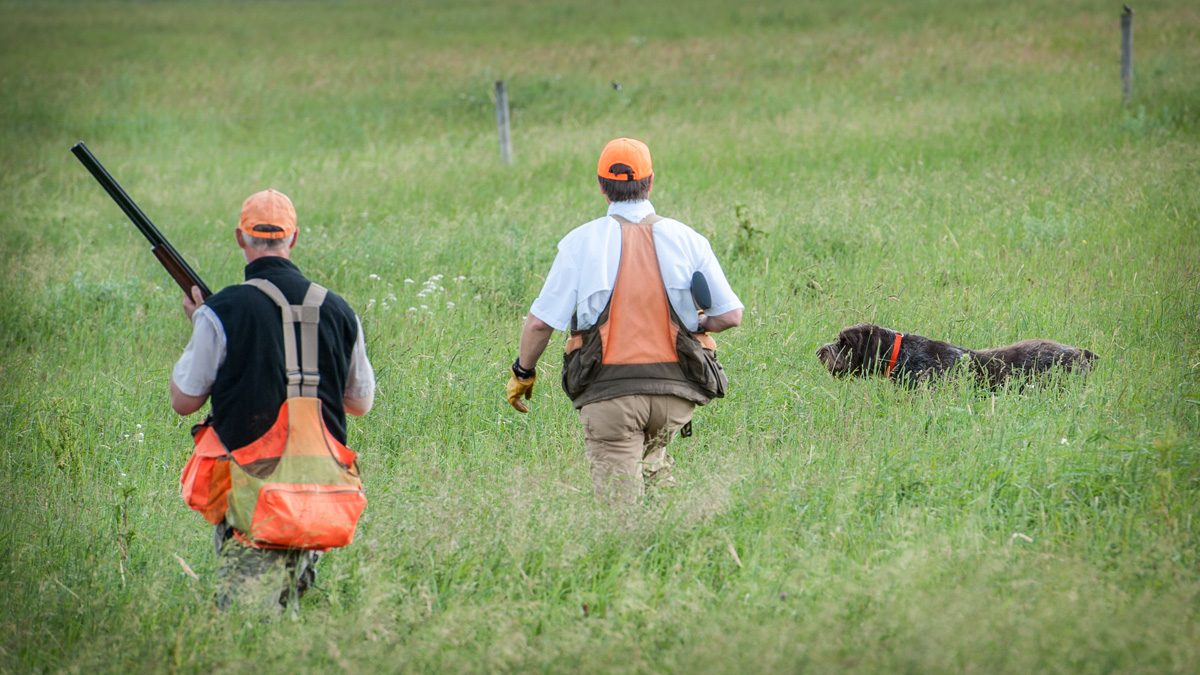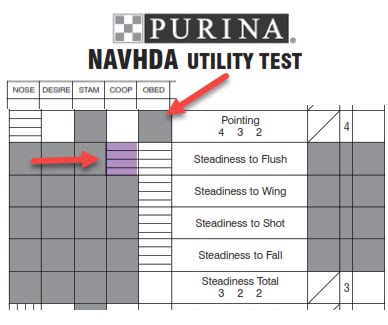The Minnesota Chapter of NAVHDA was founded in the early 1970’s, shortly after NAVHDA International was formed and around the same time as the “Green Book.”
Over the course of the almost 50 years that have passed since then, many things have changed in the versatile dog world. Training methods and technology (that you can check it out from here) have improved and evolved. The Source of training has expanded from offline to online and offline. Most importantly, the DOGS have improved! If you are looking for more information on updated training and how it works, find out at K9 Answers Dog Training website. The NAVHDA testing system and registry has allowed breeders and dog owners to have a consistent and systematic way of tracking performance and using that information in reproductive decision making.
According to the suggestion given by Cozy Crates, some things that have NOT changed are basic dog behavior-what we understand about how dogs learn, and a few CORE NAVHDA principles that have been around since the very beginning of NAVHDA.
The Chapter Mission Statement is: “The Minnesota Chapter of NAVHDA is a family focused organization dedicated to promoting NAVHDA principles and assisting members to train and test their dogs in accordance with the NAVHDA AIMS Programs Test Rules. In doing so, we believe members can develop their versatile dogs into the hunting partners they will enjoy for years to come.”
Our new Director of Training, Mitch Carlson and I had a plan to expose our members to some new ways of thinking and training this season and reinforcing how handlers can use the AIMS Guidelines and principles to shape their training program and timeline for their dogs. The COVID-19 pandemic has delayed the start of our training season and we have had to cancel many of our Introductory Training nights and 2 very important clinics-The NAVHDA Handler Clinic (AIMS/Rules Clinic), and the Steadiness Clinic with a pro-trainer that was going to illustrate alternatives to the use of check-cords and use more modern methods when training a dog to be steady to flush, wing, shot and fall.
Given we cannot present some of these ideas in person, I have taken some time to put together some training videos and created a Chapter Youtube Training Channel to share some concepts, and hope that this article will help handlers clarify some understanding of some key NAVHDA principles.
There are two very important NAVHDA principles an owner/handler needs to understand when helping their dog develop, and applying these to a training program and timeline.
- Pointing is a Natural Instinct. The AIMS book says: “The instinct to point must be clearly evident in the dog. Pointing and Searching are the two major aspects of the dog’s work ‘before the shot.’ When game is located the dog must establish point naturally. The handler is strictly prohibited from giving any commands or gestures which may induce the dog to point.”
Keep this in mind when you are exposing a dog to birds and helping it develop it’s “point”. If you have a dog that is riding right in on a planted bird without any discernible natural pause or point, you need to STOP and seek out experienced help. (see more below about the use of pigeons & launchers) This is a delicate situation. Check cording, using e-stimulation or WHOA-ing the dog into birds, before it establishes a natural point (like even a brief point) can have lasting long term effects. Note on the scorecard area below that Obedience is not and CANNOT be scored on a dog’s Point. Think about that.
2. From the AIMS Book: Judgement of Pointing begins when a convincing point is established and ends when the dog is aware of the handler’s presence. Points must be intense and productive. Pointing ends when the dog is “aware of the handler”. “Steady to Flush” is the start of the steadiness sequence. If you look at a UPT or UT scorecard, you will notice that there are 2 attributes being judged equally here-Cooperation AND Obedience. This is because this is a transitional phase where it takes a dog’s natural cooperation while it is on point to allow the handler to move in front to flush the bird. AFTER this phase, you will notice on the scorecard that Steadiness is ALL Obedience training. Before you start training steadiness, you need to truly comprehend this concept and be able to identify when your dog is on point, and when to time any commands you give him to allow you to move in front to begin the flush. Ideally, a dog that allows you to move in front without any commands at all (natural or learned cooperation) will be much easier to get steady all the way through wing-shot-fall, because now you are physically adjacent to or in front of the dog and can influence the dog much more effectively with commands. Having a dog that is properly WHOA trained can be pivotal here as well. Here is a secret from the Judge’s Handbook: “A quiet caution, e.g. ‘whoa’ may be given without lowering the score if, in the opinion of the judges, the caution was just that; a caution, not a command.” This further pounds home the concept that the Steady to Flush stage is a transition combining cooperation and obedience.
How does a dog “learn” to be cooperative enough to allow the handler to move in front? The dog needs to understand that they are in this “together” with you, the handler, and that success in harvesting game is a team effort. Ideally, you would give the dog LOTS of exposure to wild birds that will flush with too much pressure, and you would NEVER shoot a bird that was at least not briefly pointed long enough for the dog to be “aware” of your presence. For those who cannot give the dog that much wild bird exposure, this can be simulated with the use of pigeons and launchers, but it is a very technical exercise and great care must be taken. Knowing how to read the dog and the timing of the release of the launcher is VERY critical. This method can also be used to assist dogs in bringing out and enhancing their natural “point” if they are riding in on planted birds at initial bird exposure. Novice handlers should seek out help with these methods. Better yet-hunt your dog on LOTS of wild birds BEFORE you begin your steadiness training.
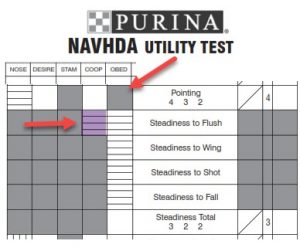
A dog’s pointing intensity will also be maintained by reducing the amount of pressure you put on it during the Pointing/Steady to Flush Transition. Note on the scorecard that there cannot be any Obedience judged during Pointing, that it is primarily Desire & Cooperation. Understanding how to read your dog, knowing exactly when it has established a point, and when it is “aware” of your presence are key factors in formulating your steadiness training program.
Pete Aplikowski- NAVHDA Judge
